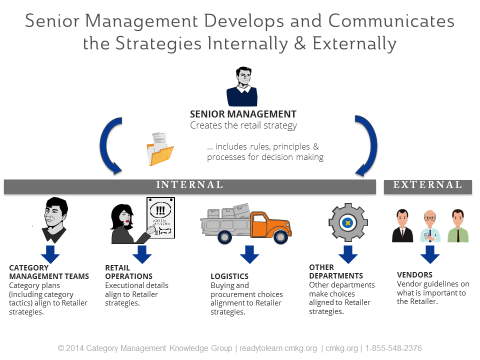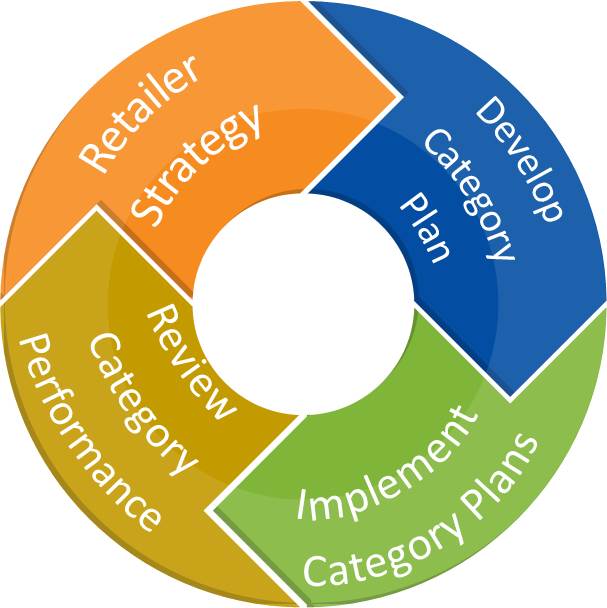Category Management is evolving. Are you?
Category Management has been around for a long time. It was introduced in the early 1990s as part of Efficient Consumer Response to address the industry problems associated with the entire demand and supply operating continuum. It has evolved – and continues to evolve – as the Shopper changes, data and technology become more sophisticated, digital continues to play a bigger role and organizations are striving to achieve collaboration with their retail and vendor partners. Despite all of these industry changes, many organizations fail to make the necessary changes internally to meet the changing needs.
Here are some great resources from CMKG for you to get started:
- “Category Management Overview” course preview (video)
- Category Management Continuum complimentary download
- "Category Management Overview" certified course details
Who Owns Category Management?
Each unique Retailer drives their own category management process, which should be built on a solid foundation of overarching strategies associated their store format(s), target shopper(s), competitors and private label or store brands (where applicable).
The category management framework allows Retailers to become more strategic in their overall approach for total store based on their Shoppers. The resultant guidelines and processes developed in this framework arms category management, retail operations and procurement with a toolkit to help them make easier and more strategic choices that align to the bigger picture strategies for the Retailer.
Retailers who are able to clearly define and articulate their processes, principles and guidelines are much more likely to be successful in their endeavors in category management. There’s an opportunity for Retailers to review their category management foundations – including their strategies and approach – to ensure that they are relevant, refreshed and effectively communicated both internally and externally.

So where do Vendors fit into the process?
When you think about category management for Vendors, it’s most likely associated with the work that they complete for their retail customers. This is usually done in a Vendor Advisor or Category Captain or Validator position, where they provide resources, data and analytics for their categories based on each Retailer’s unique category management process described above. This work may be in the form of category reviews and creating action through the tactics (usually with an emphasis on assortment and shelving). The level of complexity of this work is driven by the complexity of the retail customer.
Many Vendors have great category management resources dedicated to their customer business teams working on high level category work, but their marketing and sales teams may be still developing brand only solutions that focus on their consumer (vs the Retailer’s Shopper) and they may also be missing corporate category strategies. The opportunity is to expand the “think category” approach beyond the category management team (into marketing and sales) to move to a more Shopper focused, collaborative approach across the organization.
Where to start?
Through all of the industry changes noted above, coupled with consolidation, restructuring and turnover, here are some category management training opportunities to help you move to a more strategic and aligned approach:
- Level set your internal category management team with accredited category management training. Think about the diverse backgrounds on your team and the range of experience across individuals. They need to have a common language and approach to category management that may not currently exist. Getting back to the basics as a team will help to get everyone on the same page. It’s also a great learning experience for all team members.
- Train your multi-functional teams on the foundations of category management. Get them to start thinking category and understanding the Retailer and their Shoppers in a different way.
As category management evolves, we need to adjust and improve our approaches to stay relevant in today’s world. Sometimes going back to the foundations through some category management training can help to carve out a new path for the future.
|
$125 USD 30-day Access Hands-On Downloadable Reference Guide Knowledge Checks Course Test |



